
How Switzerland helped create minigolf
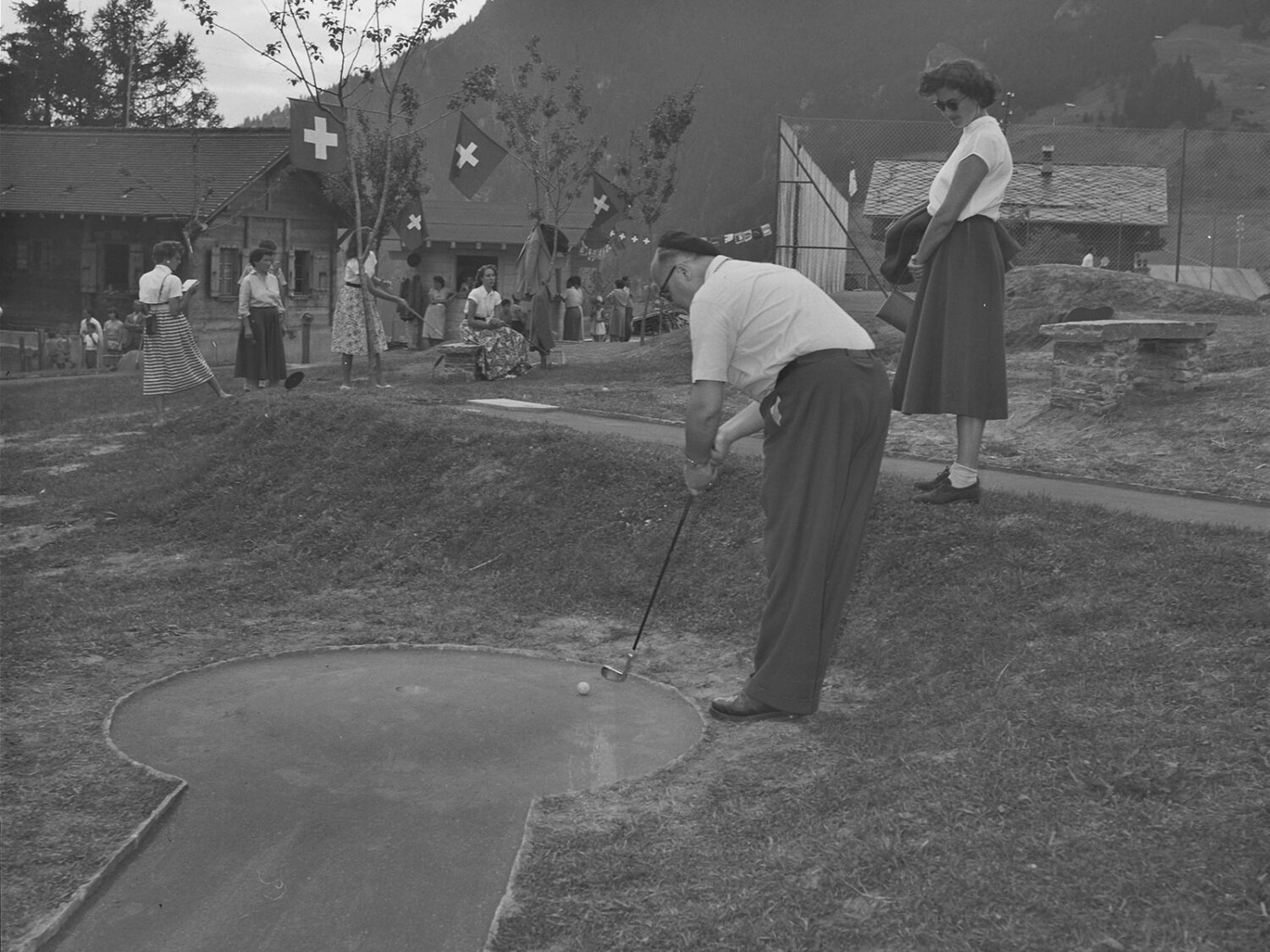
Minigolf is not a 20th-century invention. In fact, the story of how it evolved to become the pastime we know today is a long one, and even has a Swiss chapter involving Genevan architect Paul Bongni.
SWI swissinfo.ch regularly publishes articles from the Swiss National Museum’s blog External linkdedicated to historical topics. The articles are always written in German and usually also in French and English.
Around 1860 golf was the preserve of a male elite. Swinging a golf club was considered too unfeminineExternal link in the social mores of the time, as was the case for many other sports. However, a number of young ladies in the Scottish town of St Andrews were not amused by this, as they were tired of playing only badminton and cricket. Golf was what really set their hearts racing. The then manager of the existing golf club, Old Tom Morris, had an idea and decided to set up a small, 9-hole putting course in a concealed spot away from prying eyes. It was not ideal terrain as it was intersected by a path that regularly flooded and which local fishermen used to reach the nearby sea. But it was a first step.

Old Tom MorrisExternal link (1821–1908) was one of the first professional golfers in history and was already a legend during his lifetime. Not only was he an exceptional player, he also continually developed the sport. For instance, he designed new golf courses, manufactured golf clubs and balls, and discovered that dressing the tops of greens with sand allowed for a better shot. With the backing of this revered golfer, the first putting club for women was founded in St Andrews in 1867.
But let’s return to the idea of a shortened golf course, which had appeal beyond the town of St Andrews. Usually, 18-hole golf courses take up between 50 and 90 hectares, while the slightly smaller 9-hole courses can still take up around 5 hectares. The space needed is one thing and the financial outlay another. The high maintenance costs were a key factor in the sport initially being the preserve of an elite few.
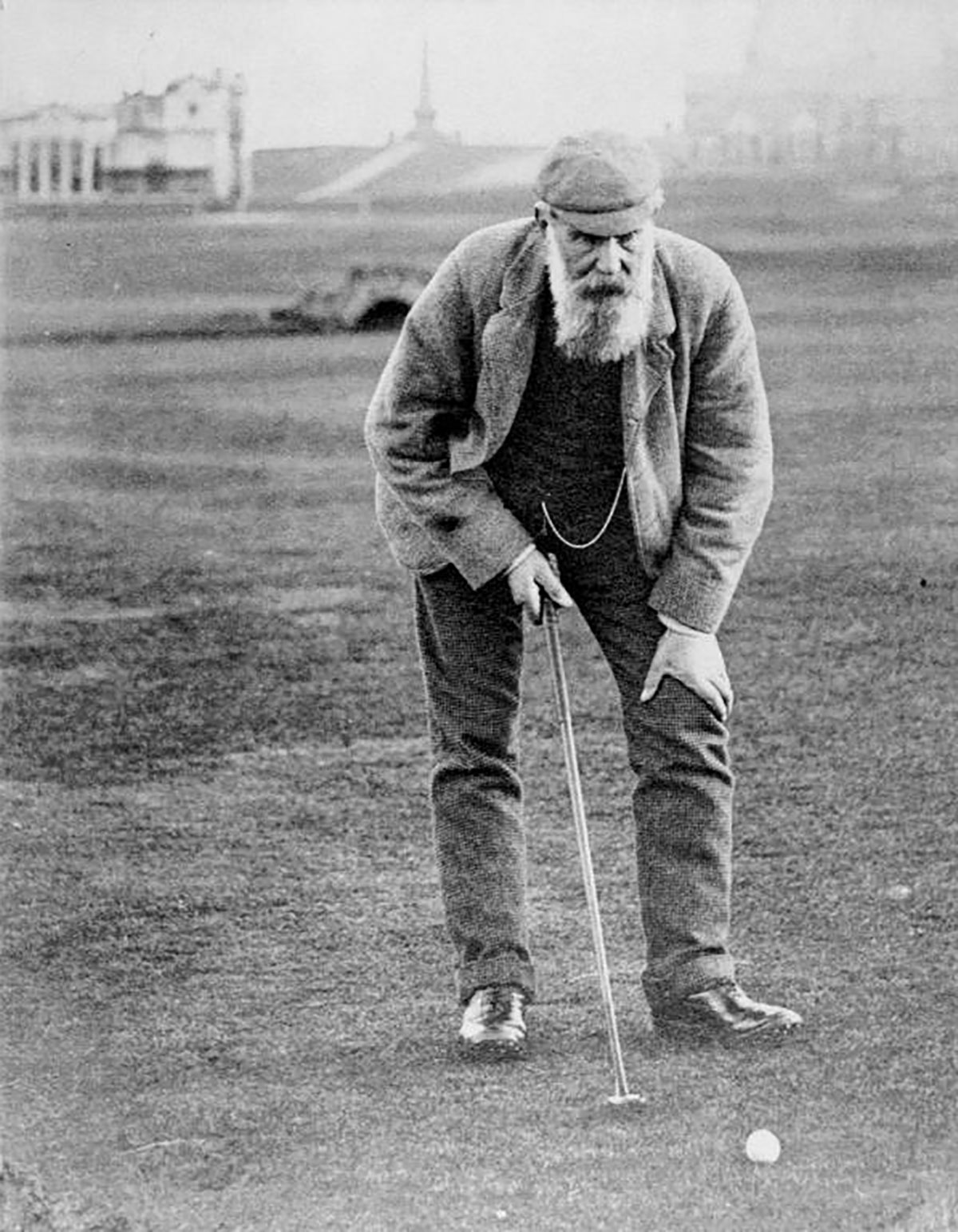
But more and more people, including those who were less wealthy and with a lower social status, wanted to take part in this new sport. So in the mid-19th century, people started trying to play golf on a smaller area, usually on pastures and land in the countryside in which holes would simply be dug using shovels. To call it golf would probably be something of an exaggeration.
But because the space issues associated with golf could not be resolved with a pick and shovel in the countryside either, the search for solutions continued. In the end, it was Englishman James Wells Barber who designed the first minigolf course as we know it today. He had emigrated to America, and in 1916 teamed up with an amateur architect and landscape gardener to build a small golf course on his estate to entertain his guests. With its luscious flower beds, footpaths and fountains, the site looked more like a baroque garden than a minigolf course.
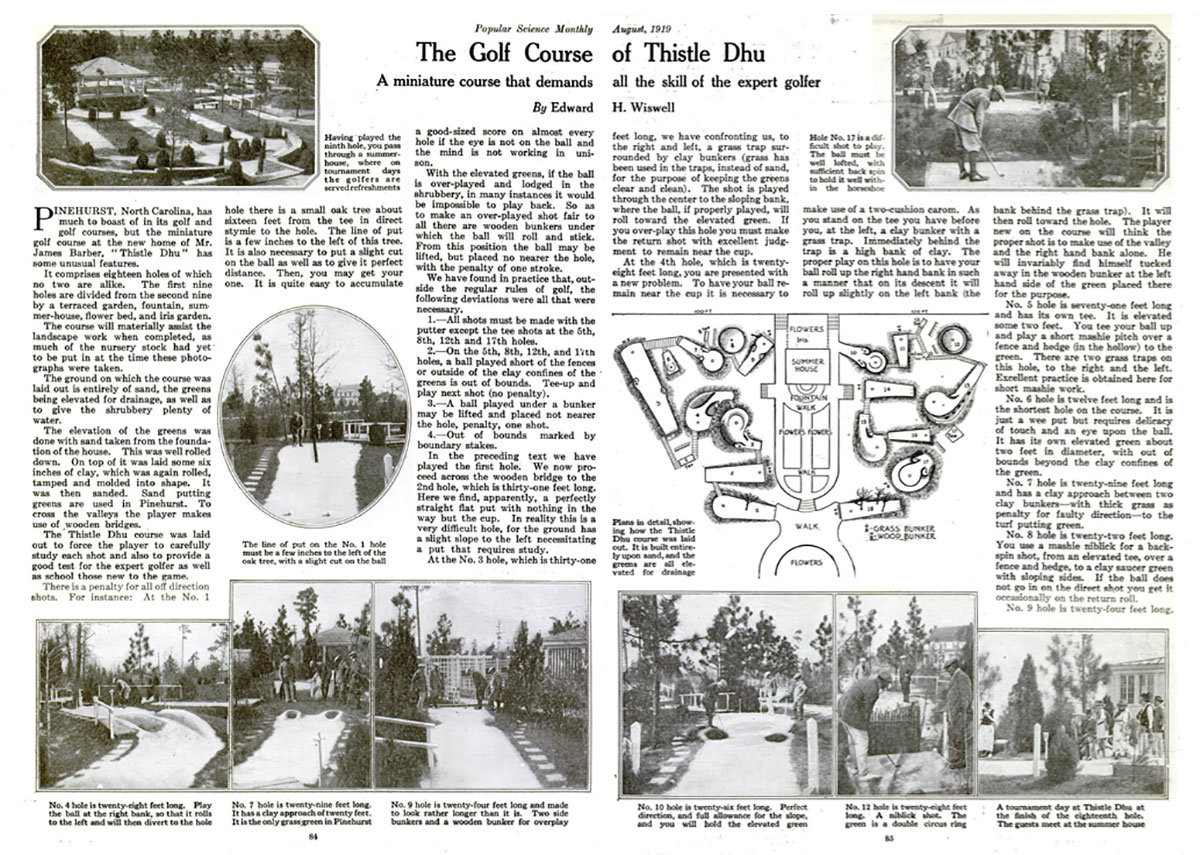
Over the subsequent decades, many courses were built in America and Europe, but they were all very different in terms of obstacles and terrain, and some were even hybrids, such as cobigolf, which combined golf and cricket.
In the mid-20th century, Swiss landscape gardener Paul Bongni had a better idea. The Genevan, who had lived in Ticino until he was ten, worked with a group of like-minded individuals to develop a standardised, weatherproof course that did not get players’ shoes or clothes dirty. He filed a patent for it in November 1951, and it was granted two years later. And so, the first standardised minigolf course was opened in Ascona on 19 March 1954. It consisted of 17 concrete lanes, each of which was 12 metres long and 1.25 metres wide.
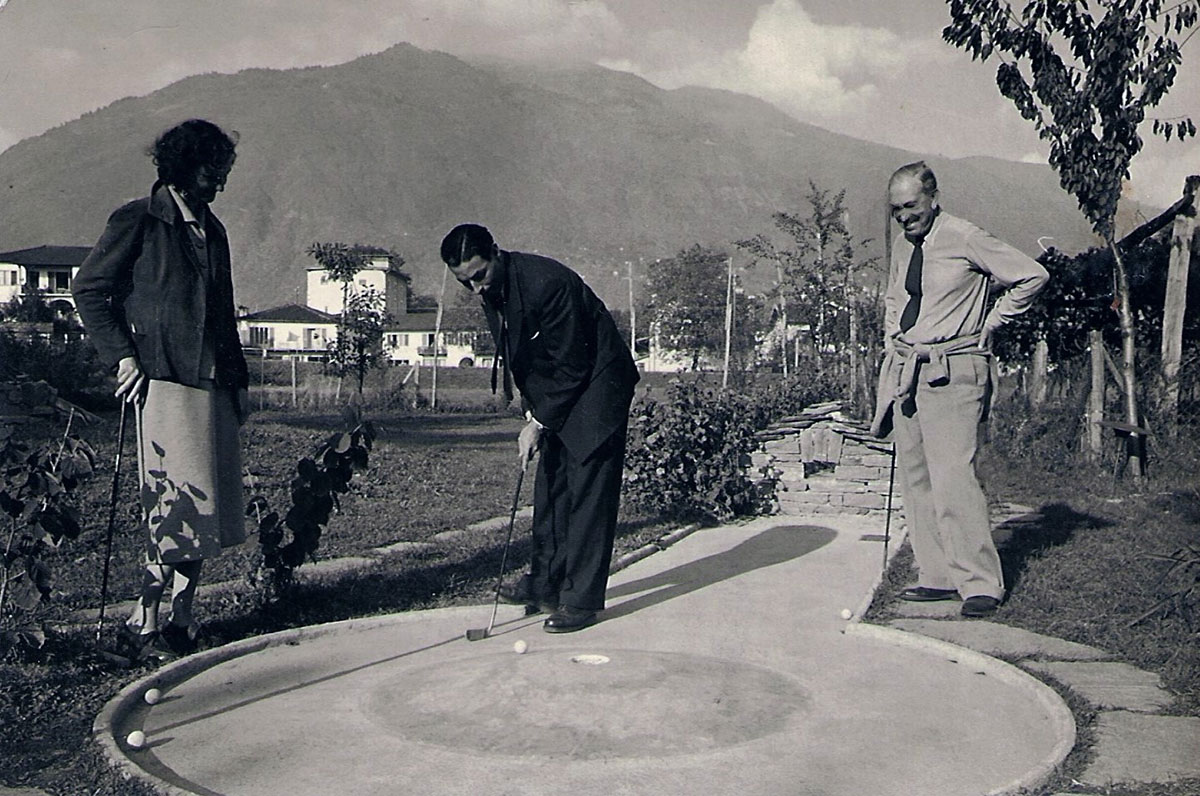
Paul Bongni not only designed the first standardised minigolf course, he also protected the term ‘minigolf’ which could only be used for courses that complied with standardised criteria and dimensions. Ultimately, minigolf’s subsequent success owed much to the standardisation and harmonisation of courses.
By the end of 1954, there were already 18 minigolf courses in Switzerland, and soon the craze spread beyond Switzerland’s borders. Incidentally, Switzerland, the ‘motherland of minigolf’ won three out of four world championship titles at the first World Championships held in Norway in 1991, and was only beaten in the women’s team category.
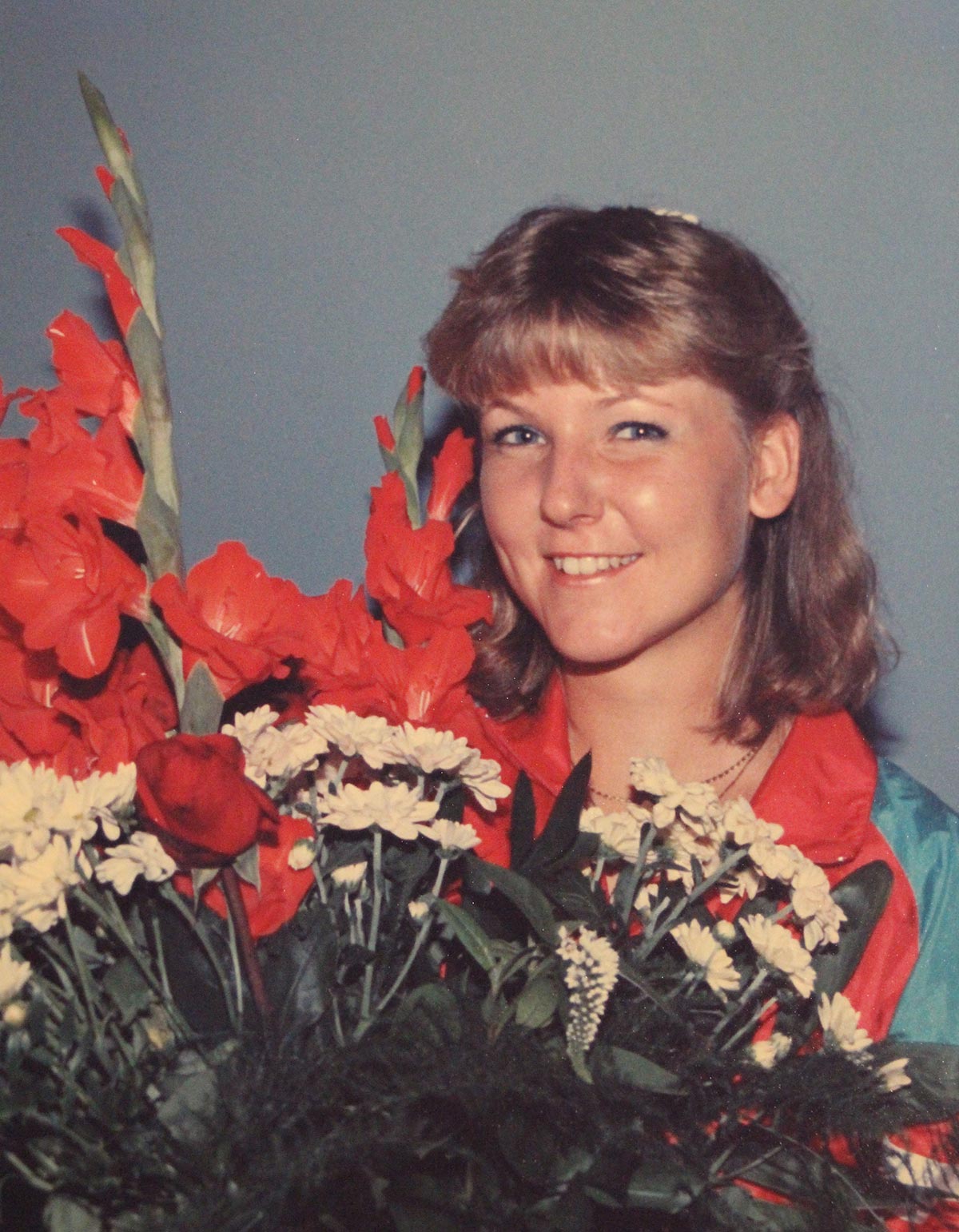
Katrin Brunner is a self-employed journalist specialising in history and chronicler of Niederweningen.
Read the original articleExternal link on the Swiss National Museum’s blog.

In compliance with the JTI standards
More: SWI swissinfo.ch certified by the Journalism Trust Initiative
















![The four-metre-long painting "Sonntag der Bergbauern" [Sunday of the Mountain Farmers, 1923-24/26] had to be removed by a crane from the German Chancellery in Berlin for the exhibition in Bern.](https://www.swissinfo.ch/content/wp-content/uploads/sites/13/2025/12/01_Pressebild_KirchnerxKirchner.jpg?ver=cb688ed5)











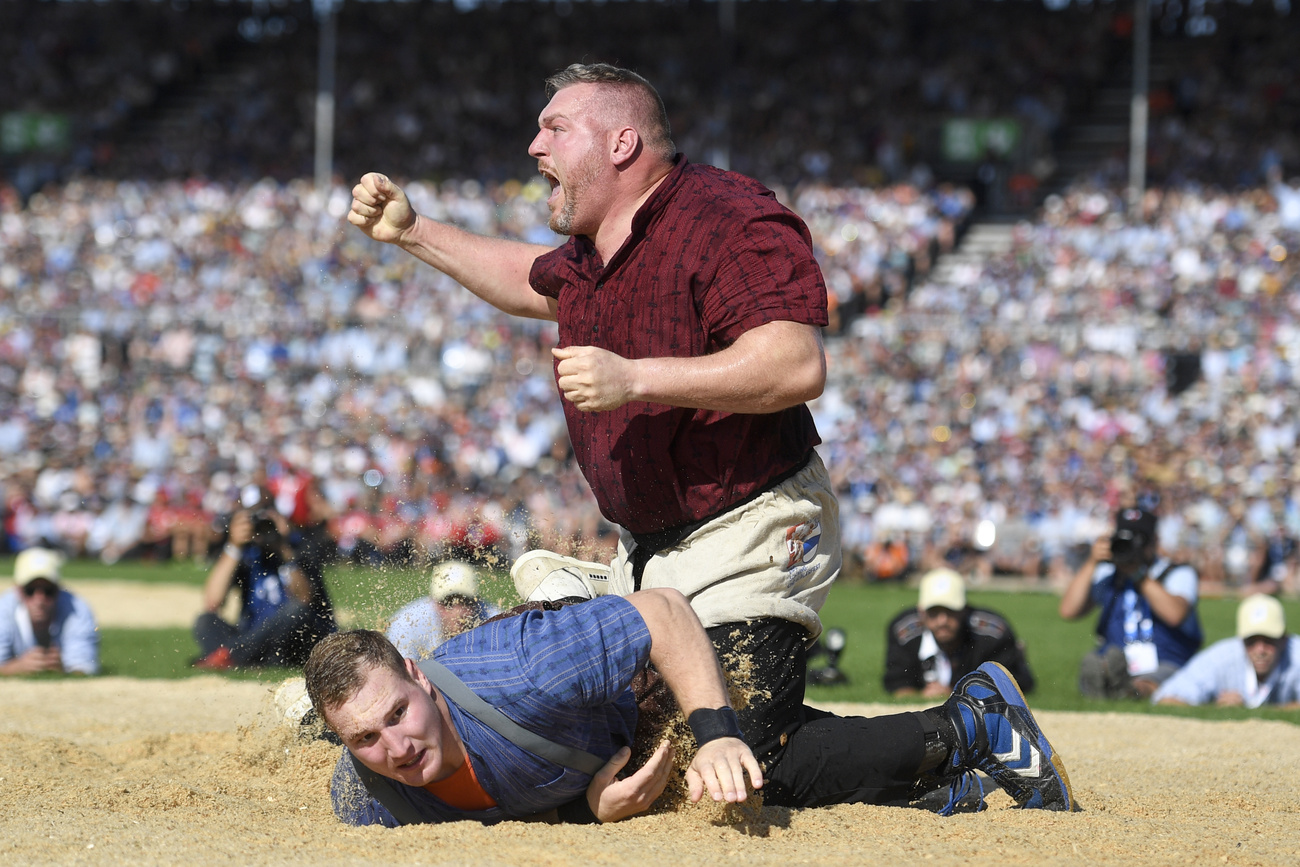


You can find an overview of ongoing debates with our journalists here . Please join us!
If you want to start a conversation about a topic raised in this article or want to report factual errors, email us at english@swissinfo.ch.